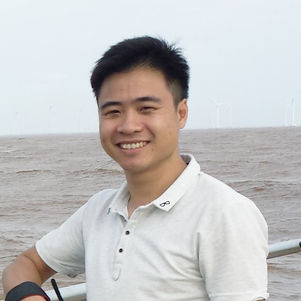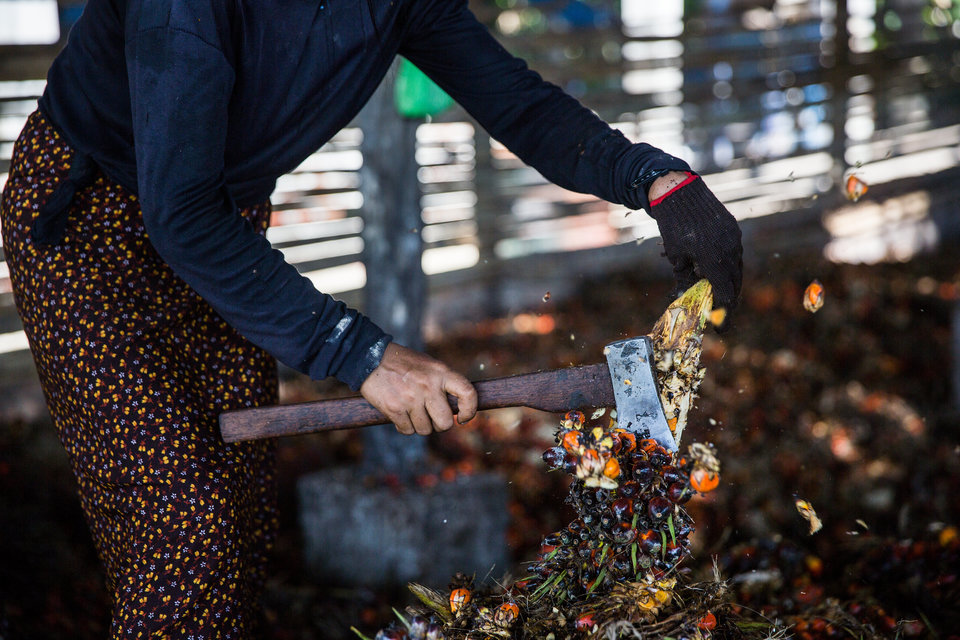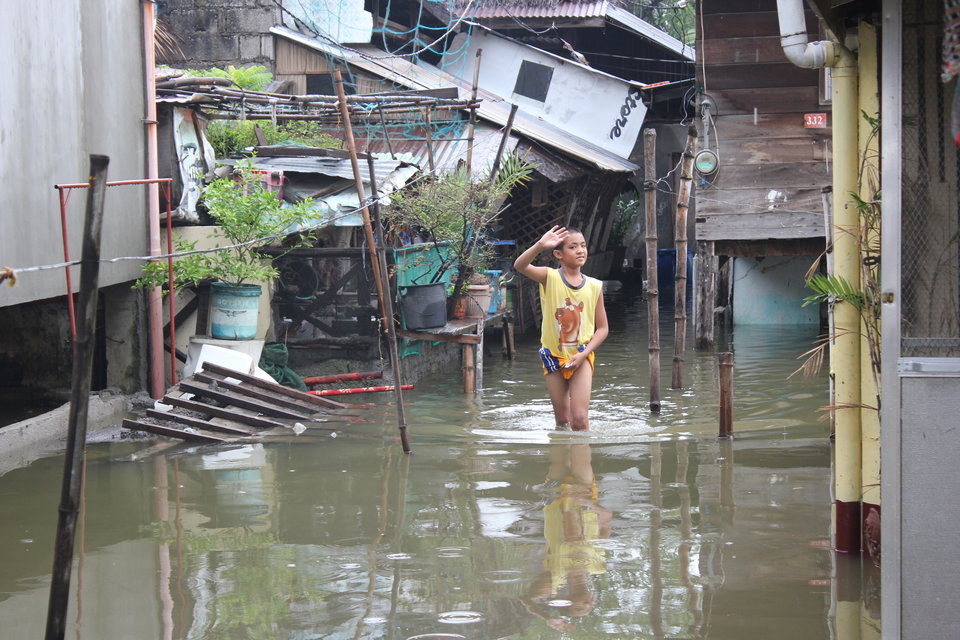Tung Dao's sediment bamboo fences
About the project
Promotors/ supervisors: Prof. dr. ir. M.J.F. (Marcel) Stive, Dr. ir. B. (Bas) Hofland
The mangrove forests in Southern Vietnam have been facing vast destruction over the past decade due to severe erosion along the Mekong Delta coast. To recover the loss of mangroves, wooden fences (as supportive structures) can be built to reduce the incoming wave energy in front of the mangrove belt. Thereby, more sediments and nutrients become available in the downstream basin for mangroves to grow. The design consists of two vertical bamboo poles as a frame to support the horizontal bamboo and tree branches (brushwood) which together form a fence. This fence forms a mechanism for wave reduction.
To research the role of the wooden fences in the mangrove restoration process, Tung researches the hydraulic processes by carrying out flow resistance experiments, and using both a physical and numerical model. The experiments to determine the friction coefficient for flow resistance were carried out in the hydraulic laboratory of TU Delft. The wave-fence interaction is also analyzed in this lab using the wave flume. The data is used to validate the numerical model (SWASH, developed by TU Delft) in order to carry out further wave-fence simulation in the field.
Publications
1. Tung Dao, Marcel J.F. Stive, Bas Hofland, Tri Mai; Wave Damping due to Wooden Fences along Mangrove Coasts. Journal of Coastal Research 1 November 2018; 34 (6): 1317–1327. DOI: https://doi.org/10.2112/JCOASTRES-D-18-00015.1
2. Dao HT, Hofland B, Stive M.J.F, Mai T. Experimental Assessment of the Flow Resistance of Coastal Wooden Fences. Water. 2020; 12(7):1910.
3. Stive M.J.F., Phan L.K., Truong S.T., Phan H.M., Dao H.T. (2020) Innovative Vietnamese Research on Mekong Deltaic Coastal Processes. In: Trung Viet N., Xiping D., Thanh Tung T. (eds) APAC 2019. APAC 2019. Springer, Singapore. https://doi.org/10.1007/978-981-15-0291-0_186
4. Mai T., Dao T., Ngo A., Mai C. (2020) Porosity Effects on Wave Transmission Through a Bamboo Fence. In: Trung Viet N., Xiping D., Thanh Tung T. (eds) APAC 2019. APAC 2019. Springer, Singapore. https://doi.org/10.1007/978-981-15-0291-0_191
5. Tri, M., Vuong, N., Dat, H., Anh, N., & Tung Dao. (2019). Numerical simulation of wave transmitting through a bamboo fence. Tạp Chí Khoa Học Công Nghệ Xây Dựng (KHCNXD) - ĐHXD, 13(1V), 75-83. https://doi.org/10.31814/stce.nuce2019-13(1V)-08
6. Stive, Marcel J F, Phan Linh, Truong Son, Phan Hung, Tung Dao, and Silke TAS. "MEKONG MANGROVES: SCIENCE, ENGINEERING AND MANAGEMENT."
About Tung Dao
Tung Dao was born in Hanoi, Vietnam. After high school graduation in 2006, he started to study coastal engineering at Thuyloi University. In 2011, he graduated and continued with the master program of coastal engineering, also at Thuyloi University. In 2014, he became a lecturer at Hanoi University of Natural Resources and Environment (HUNRE). He received a scholarship from the Vietnam International Education Department Fellowships project in 2016 to study at Delft University of Technology in the Netherlands. Besides coastal engineering, Tung Dao is interested in marine biology and water management. In his spare time he enjoys table tennis and photography.







